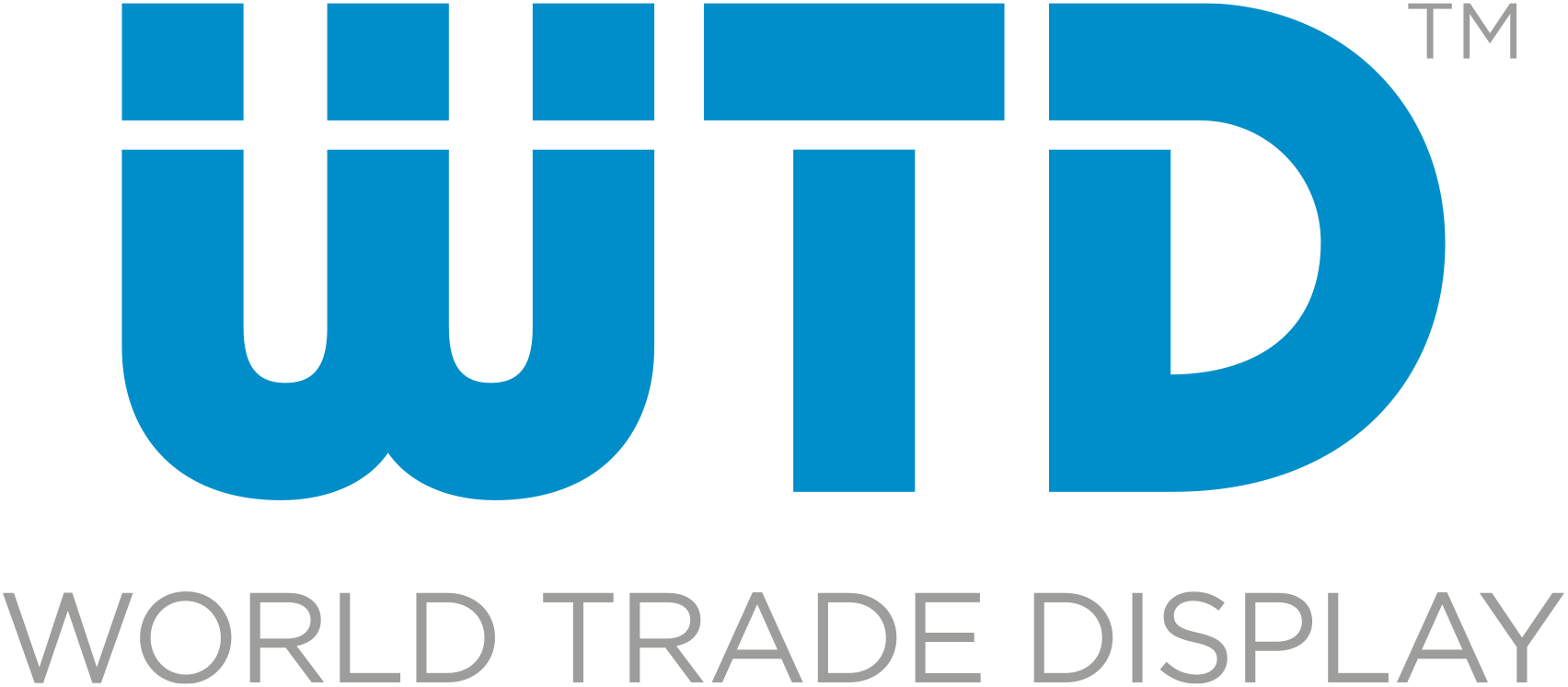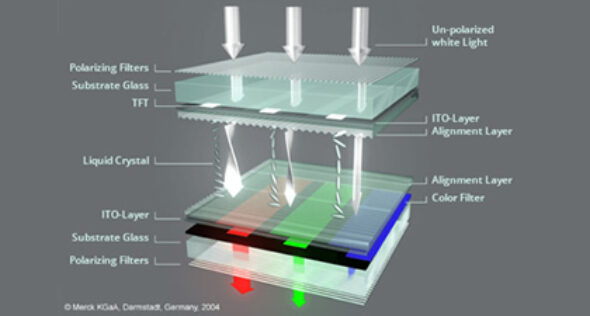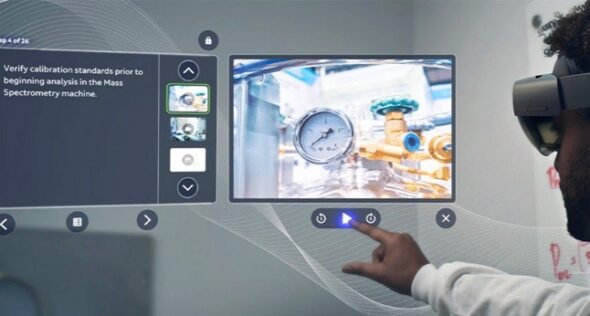The transparent OLED represents one of the most significant innovations in display technology.
Since its introduction to the market, it has opened up new possibilities in design, functionality, and applications across multiple industries.
This article explores the key aspects of its development and impact:
- The emergence of transparent OLED technology
- How transparent OLED is redefining the display industry
- Main advantages and distinctive technical features
- The role of transparent OLED in augmented reality and immersive experiences
- The most innovative applications in industrial and commercial fields
- Comparison with traditional display technologies
- Future prospects and expected developments
- Challenges to overcome for large-scale adoption
Frequently Asked Questions
- What sets transparent OLED apart from conventional display technologies?
- How does it contribute to the growth of augmented reality (AR)?
- What are the most promising applications today?
- What challenges limit its adoption, and how can they be addressed?
- What does the future hold for this evolving technology?
Transparent OLED: A New Digital Vision
In the ever-evolving landscape of display technology, transparent OLED stands out as a
revolutionary innovation that combines aesthetics, efficiency, and interactivity.
Thanks to its self-emitting organic structure, it delivers unprecedented transparency, contrast, and color quality,
paving the way for new visualization concepts.
The Emergence of Transparent OLED Technology
Based on Organic Light Emitting Diodes (OLED), this technology introduced the ability to
display digital images and content on transparent surfaces, seamlessly integrating into shop windows, glass panels, and design installations.
How Transparent OLED is Transforming the Display Industry
The introduction of transparent displays has revolutionized how we communicate and interact with visual information.
Key innovations include:
- Enhanced visual experience: high contrast, vivid colors, and wide viewing angles.
- Design flexibility: bendable, foldable, or rollable panels for creative solutions.
- Dual-sided interactivity: the ability to display content from both sides, creating more engaging experiences.
Main Features and Advantages
Transparent OLED displays offer a combination of technical performance and aesthetic benefits that are hard to match:
- High transparency and visual clarity even in bright environments
- Low power consumption
- Extended operational lifespan
- Wide viewing angle and ultra-fast response time
The Role of Transparent OLED in Augmented Reality
In the field of Augmented Reality (AR), transparent OLED plays a crucial role.
It enables the perfect overlay of digital elements onto the real world, maintaining exceptional transparency and image quality.
- Superior visual quality: high contrast and wide color gamut
- Controlled transparency: up to 40% when not in use
- Thin and flexible design: ideal for wearable devices and integrated surfaces
Applications Across Different Sectors
From interactive shop windows in retail to digital dashboards in cars,
and from medical to museum installations, transparent OLED technology is finding use in numerous fields:
- Retail and experiential marketing
- Automotive and smart transportation
- Interactive entertainment and media
- Healthcare and professional AR applications
Comparison with Traditional Technologies
| Aspect | Transparent OLED | Traditional LCD / LED |
| Contrast ratio | Virtually infinite | 1,400:1 |
| Color accuracy | Wider and more realistic color range | Limited |
| Response time | Extremely fast | Prone to motion blur |
| Design and flexibility | Curvable, transparent | Rigid, opaque |
Future Prospects and Expected Developments
The future of transparent OLED technology shows steady growth.
A strong expansion is expected in automotive, architecture, and retail sectors,
with even more flexible versions and deeper integration with AR and VR technologies.
Key challenges remain production costs and material durability,
but ongoing research promises increasingly efficient and sustainable solutions.
Challenges and Solutions
Like any emerging technology, transparent OLED faces a number of challenges:
- High production costs due to the complexity of organic materials
- Shorter lifespan compared to traditional displays
- Manufacturing processes still in optimization phase
However, thanks to material innovation and economies of scale,
the market is moving toward a phase of rapid maturity and large-scale adoption.






